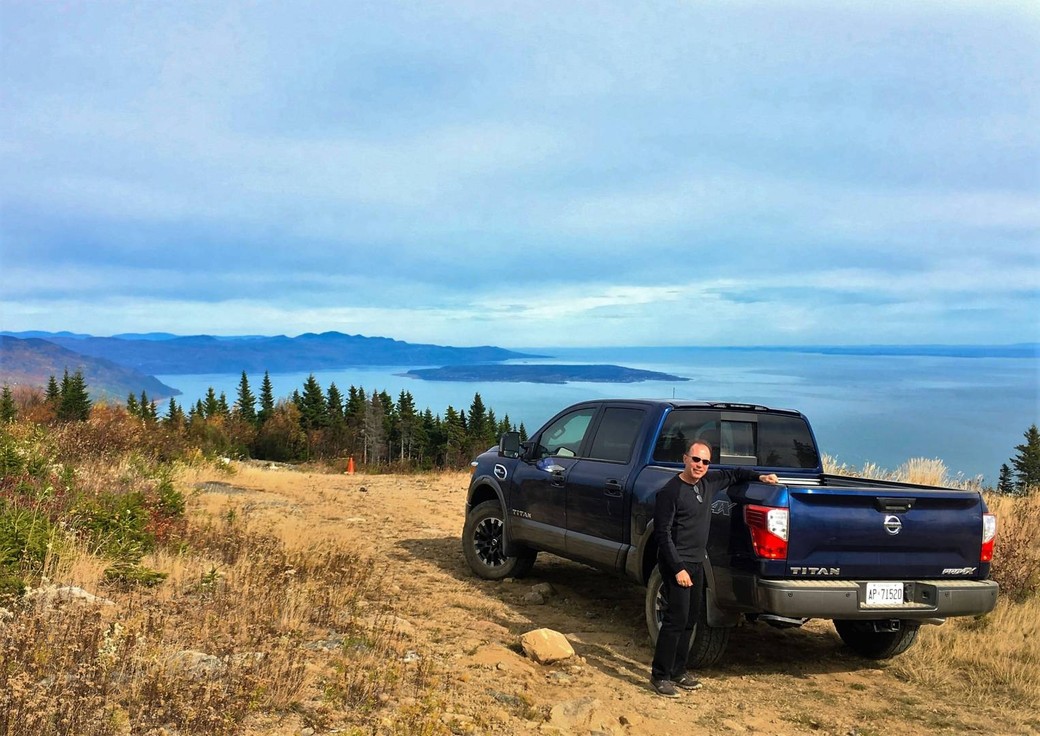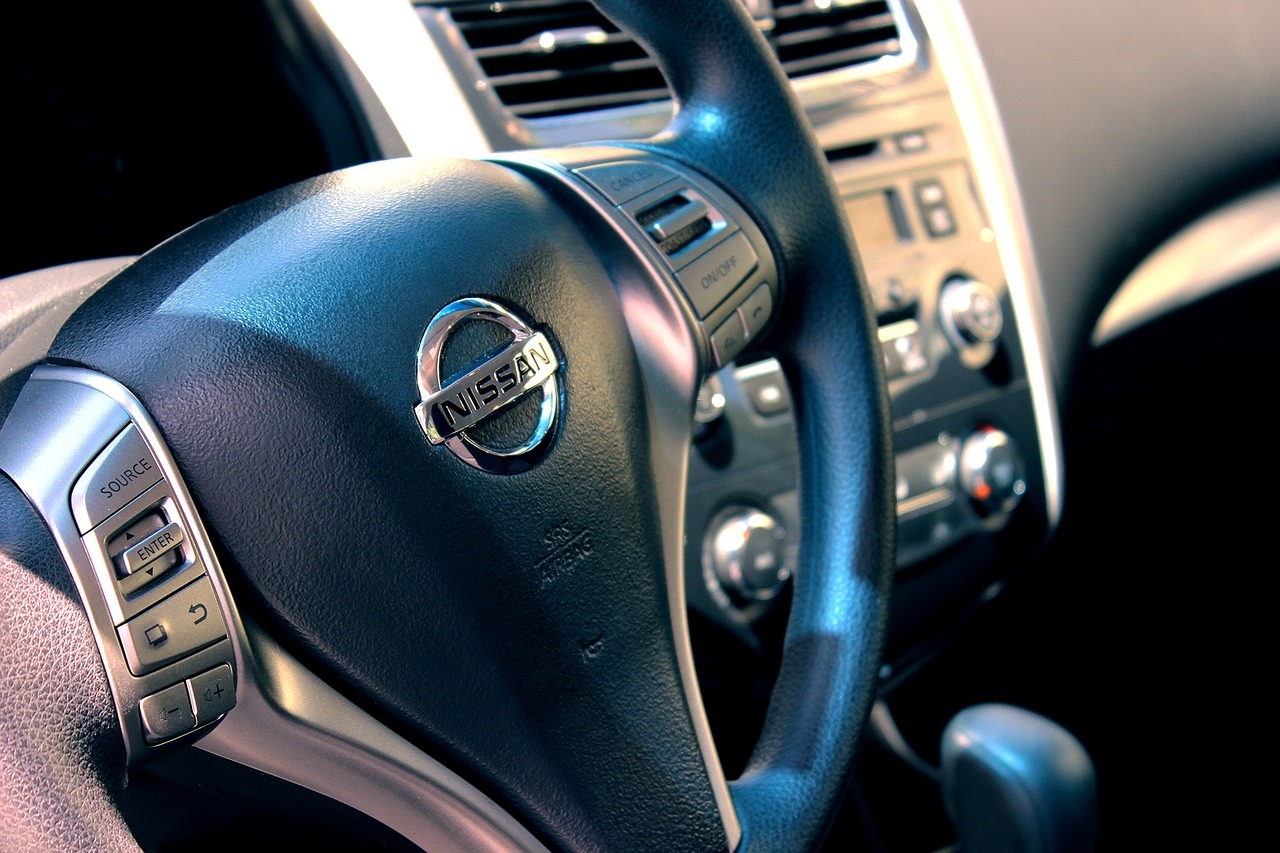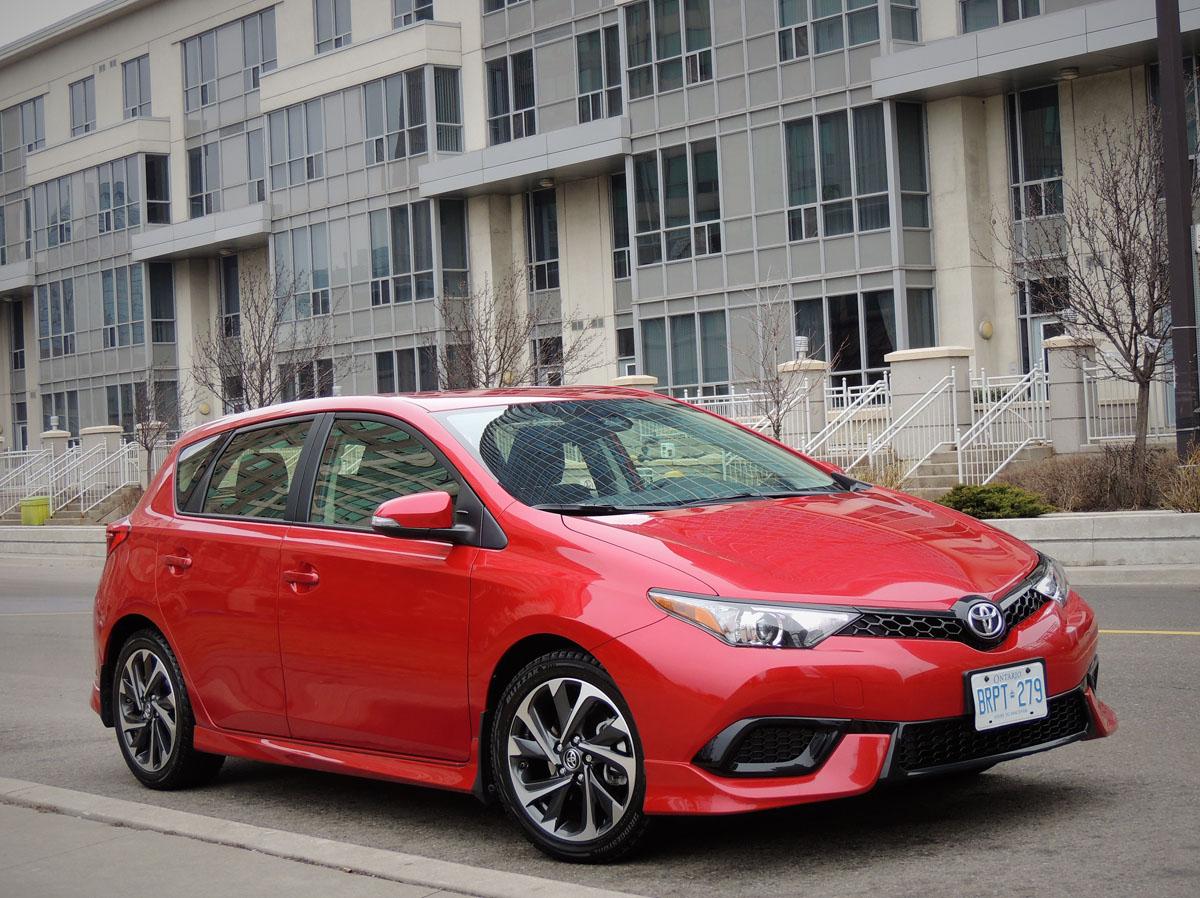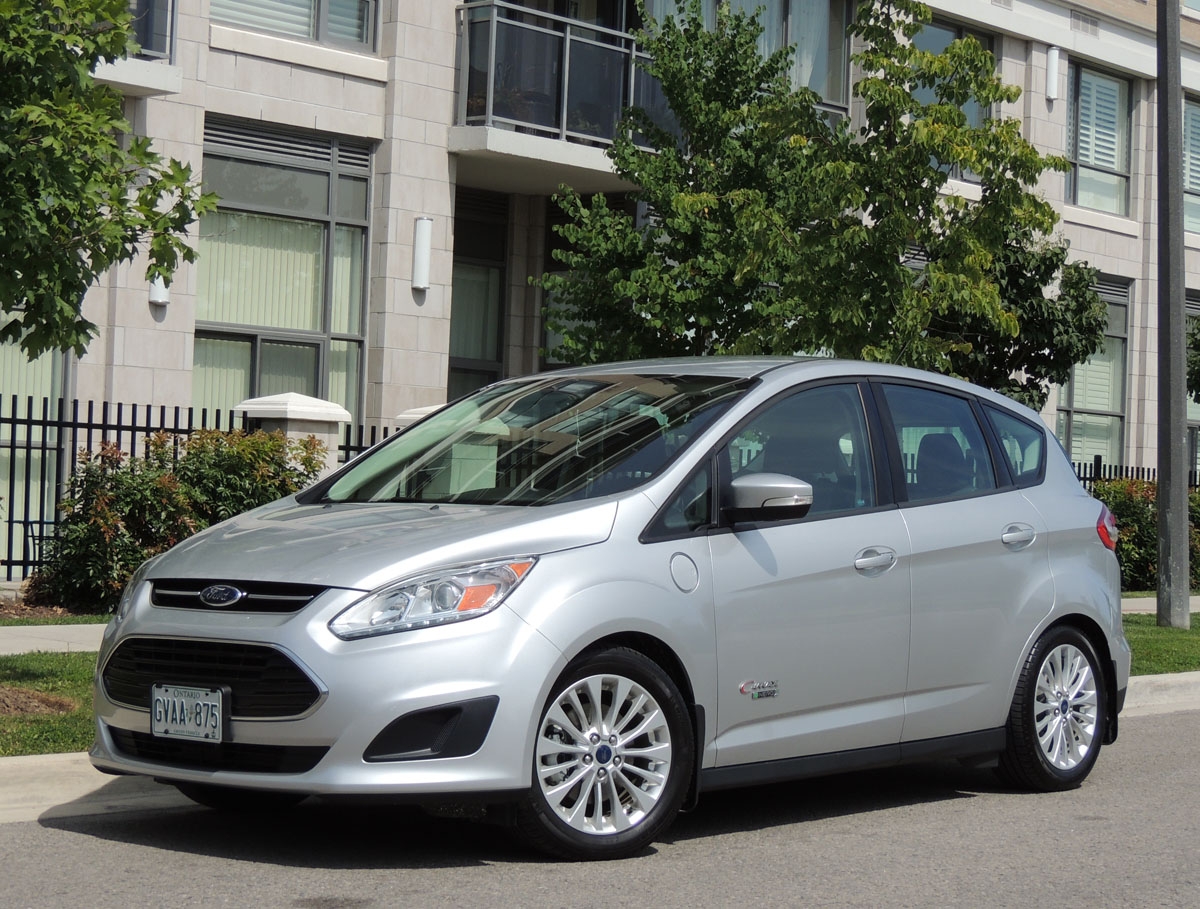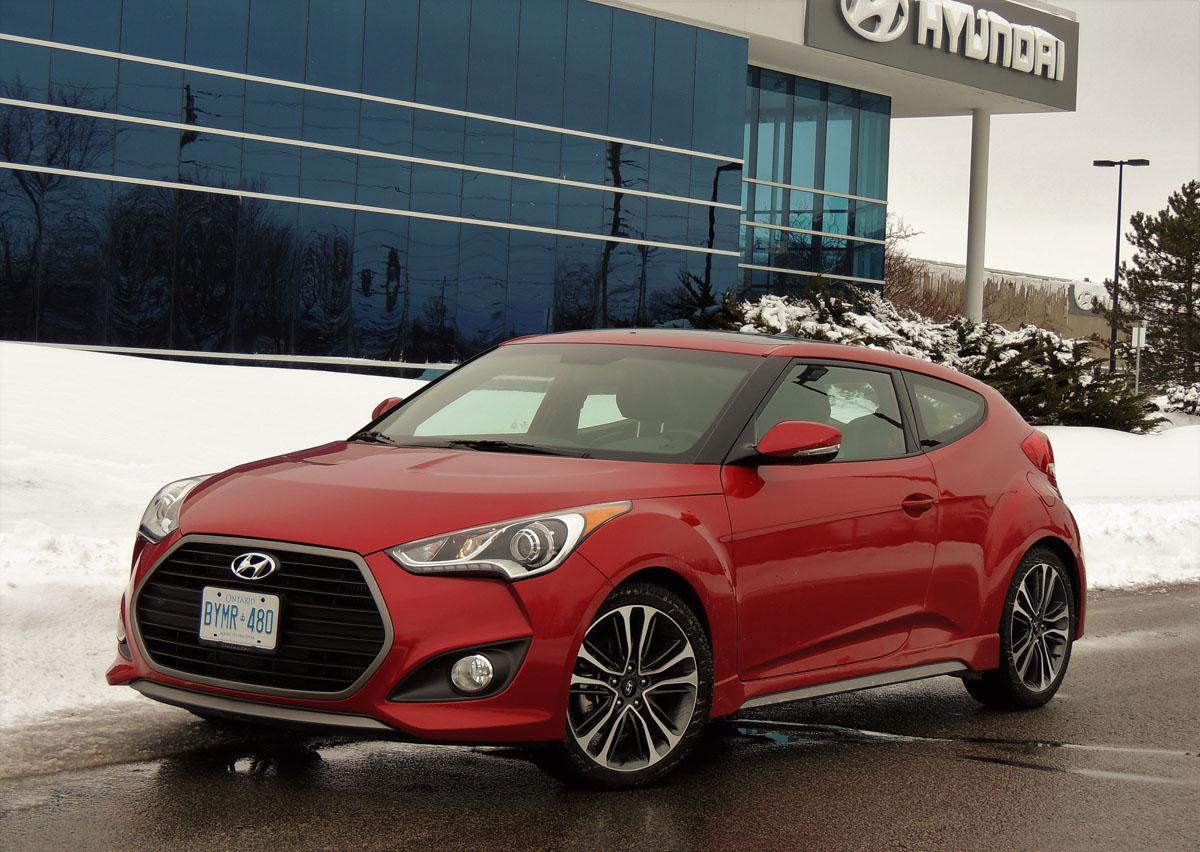
Veloster Turbo Lives Up to its Hot-hatch Styling
Photos by Neil Moore
Veloster is one quirky-looking ride. Ditto for its name, which sounds like some kind of ancient reptile – although one discussion thread suggested it was a response from some hapless highway patrol officer who lost one in a high-speed chase.
“Hey sarge, I think I v’loster…”
Not sure about that last one, as Hyundai’s hot hatch may not leave too many police pursuit vehicles in the dust. But the boosted version – the Veloster Turbo – is still plenty quick.
The Veloster launched in late 2011, adding a sporty-looking, albeit slightly polarizing model to an otherwise conservative Hyundai lineup. It’s shape was unlike other hatchbacks with its sharply-rising beltline, massive C-pillar, and two-piece back window bisected by a roof-mounted spoiler.
Ditto for its unique door configuration: two on the passenger side and one on the driver side. Which makes it look like a coupe, even on the curb side, where the rear door handle is cleverly disguised in the black window surround.
And from the front, flanked by slightly sinister ‘eagle eye’ headlamps, the large hexagonal grill gulped at oncoming air.

Back then, it provided a load of content at its $19K base price, and still does in its $18,599 entry model. This includes power windows and locks, air conditioning, seven-inch infotainment with six-speaker audio, tilt/telescopic steering with audio and phone controls, and 17-inch alloys – not crappy steel wheels with plastic wheel covers.
Also nice is the centre-mounted twin exhaust outlets.
And for just a little more ($20,199) you can add heated front seats, rearview camera, rear parking sensors and smart key with pushbutton start.
But turbocharged models are a significant price walk, with the base Veloster Turbo (with six-speed manual) hitting the wallet at $27,199.
Is it worth the added dough? I will say this variant is an entirely different driving experience.
The naturally-aspirated Veloster gets a 16-valve 1.6-litre inline four cylinder with gasoline direct injection (GDI). It produces 132 hp and 120 lb/ft of torque and is mated to a standard six-speed manual or optional six-speed “EcoShift” dual-clutch transmission (DCT). Both are geared more for fuel economy than performance.
Acceleration is leisurely, but that’s not unusual in the compact segment. It’s just that with Veloster’s aggressive styling, critics suggested it was all ‘show’ and no ‘go.’
Enter the Veloster Turbo in 2012.
Adding a twin-scroll turbocharger to the 1.6-litre unit boosted output to 201 horses and 195 lb/ft of torque, starting at a low 1,750 rpm.
It also comes standard with a six-speed manual – as any hot hatch should. I drove it in an earlier review and found first gear a little tall when combined with Veloster’s brief turbo lag, but the experience was satisfying. Throws were short and shifts were quick and precise.
So when I picked up last week’s tester – a base Turbo with seven-speed dual-clutch automatic (DCT) – I was a bit disappointed. When driving anything with performance pretentions, including rivals like Golf GTI or Focus ST, I prefer choosing my own gears.
That being said, the DCT did not disappoint. Initial launch isn’t neck-snapping, but the fun factor rises as you spin up the turbo. As revs climb and the DCT finds its sweet spot, power builds nicely through the mid range while it fires off gear changes.
Or you can do this yourself with the column-mounted paddle shifters.

All of this is accompanied by a nice rasp from the twin exhausts, joined by a cacophony from the engine bay.
Handling is crisp, with a sport-tuned suspension that involves McPherson struts with stabilizer bar in front and a lightweight V-torsion beam (with stabilizer bar) in rear. Steering is quicker ratio than the regular Veloster, with better feedback.
All of this works alongside Veloster’s torque vectoring control. It employs speed sensors and algorithms to apply the right amount of braking on the inside front wheel to redirect power to the outside for better grip in hard cornering.

It may not be a track monster right out of the box, but Veloster Turbo is still a blast to drive, and with a ride that is on the firm side of everyday comfort. I found myself avoiding the frost heave and potholes that start appearing this time of year.
The dash layout reflects Hyundai’s older design language, and could use some updating. The two-toned leather sport buckets, on the other hand, grab you like a catcher’s mitt and are as attractive as they are comfortable.
Seating in rear is more thinly padded and less commodious, but still works if you’re about five-foot-eight or under. And the third door makes getting in so much easier than a coupe.
Drop the 60/40 rear seats, and the otherwise generous 440-litre cargo hold becomes large enough for a couple of mountain bikes.
Looking at Veloster from the outside, you wouldn’t think it had so much room – a sentiment shared by several family members and colleagues.
As you’d expect, this higher-trim model gets a few perks not found in lesser models like upgraded eight-speaker, 450-watt audio, heated steering wheel, navigation, panoramic sunroof, alloy pedals, and automatic projection headlamps with LED accents,
It rolls on 18-inch machine-finished alloy wheels, and other turbo-specific features include more aggressive front and rear fascias, larger grille and wider-bore dual exhaust finishers.
Veloster is a niche vehicle in the Hyundai lineup, and I expected the Turbo model would account for a relatively small piece of this. But Veloster buyers are opting for it roughly half the time.
Apparently they see value in spending a little more dough for a lot more fun, which still comes in less than its Ford and VW competitors.

SNAPSHOT: 2017 Hyundai Veloster Turbo
BODY STYLE: compact hatchback
ENGINE: turbocharged 1.6L DOHC 16-valve four cylinder with gasoline direct injection (201 hp, 195 lb/ft)
TRANSMISSION: 6-speed manual or 7-speed DCT
FUEL ECONOMY: DCT (as tested) – 8.9/7.1/8.1 litres/100km, 6-speed manual 9.4/7.0/8.3 litres/100km (city/hwy/comb)
CARGO: 440 litres
PRICING: base (with 6-spd manual) $27,199; (7-spd DCT) $28,699, (6-spd with matte paint) $28,199; (7-spd DCT with matte paint) $29,699
WEBSITE: hyundaicanada.com

